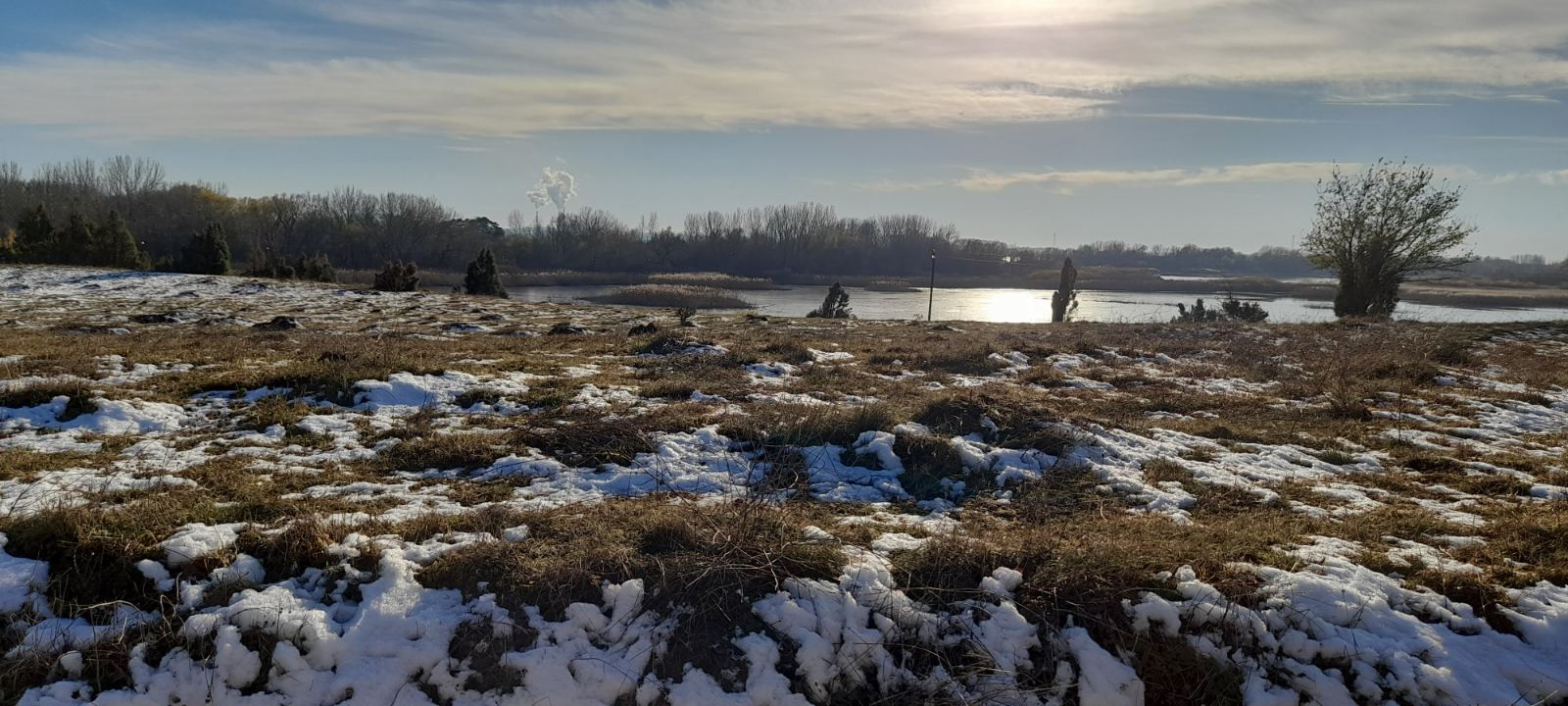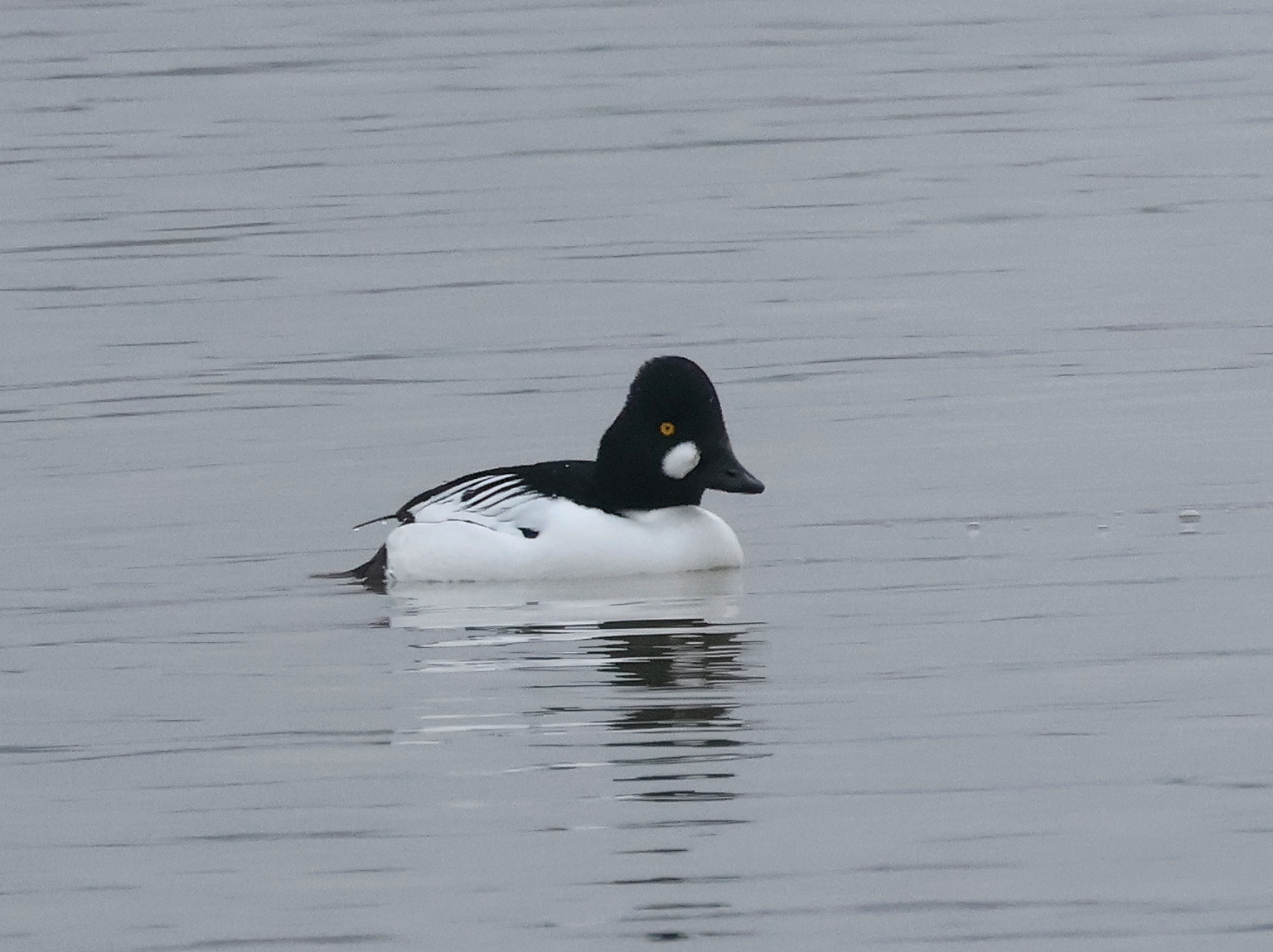Beschrijving
Dubovacki Rit Reserve lies between the village of Dubovac and the river Danube, is about a mile long and consists of open water, reedbeds and willow and poplar riparian forest, with adjoining junipers on grassy sand dunes. Surrounding Danube shallows are a significant wintering area for waterbirds.
Once you reach the wetland, checking the western/upriver section is more rewarding in winter, while going east/downriver is more productive in spring. In winter you may look for Bastaardarend, Taigarietgans, Kolgans, Grauwe Gans, Bergeend, Nonnetje, Grote Zaagbek, Witoogeend, Parelduiker, Dwergaalscholver, Pontische Meeuw, Kramsvogel, Koperwiek, Grote Lijster.
From March onwards for Zomertaling, Zwarte Ooievaar, Ooievaar and Kwak. From April for Purperreiger, Woudaap, Arendbuizerd and three marsh terns ( Zwarte Stern, Witwangstern, Witvleugelstern ). Waterral and Porseleinhoen were also recorded here, as well as Kluut, Bonte Strandloper and Kleine Strandloper. Zomertortel, Bijeneter, Grauwe Klauwier, Hop and Oeverzwaluw (about 5,000 pairs downriver from Dubovac) breed here and are conspicuous in spring.
A strong easterly wind is common in the area, which can make birding challenging.
Photos by Slobodan Puzovic, Mileta Cekovic and Dragan Simic.
Details
Toegang
Access is from the village of Dubovac, 70 km / 80 min east of Belgrade. See the map and click on the "P" for the turn-off directions.
The western section is more disturbed by development, although the levee up the Danube is well worth checking, especially in winter. To reach the western section, turn right at the cross junction (coming from the direction of the town of Kovin, route marked on the map).
The eastern section has a more natural feeling and preserved habitats. For the eastern section, follow the second dirt track right, after the Dubovac village.
Technically, you can park wherever and explore further on foot. There's not much shade, so wear a hat and take water with you.
Terrein en leefgebied
Bos , Wetland , Slikken , Rietvelden , Rivier , Grasland/weide , Verspreide bomen en struikenOmstandigheden
Open landschap , StoffigRondlopende wandeling mogelijk?
NeeTelescoop meenemen?
Kan handig zijnWanneer hier vogels kijken?
Het hele jaarToptijd voor dit gebied
Winter , Voorjaarstrek , NajaarstrekRoute
Onverharde wegZwaarte wandeling
GemiddeldToegankelijk via
Te voet , AutoVogelkijkhut aanwezig?
NeeExtra info
A spotting scope is necessary in winter, but not in warmer months when binoculars are sufficient.





